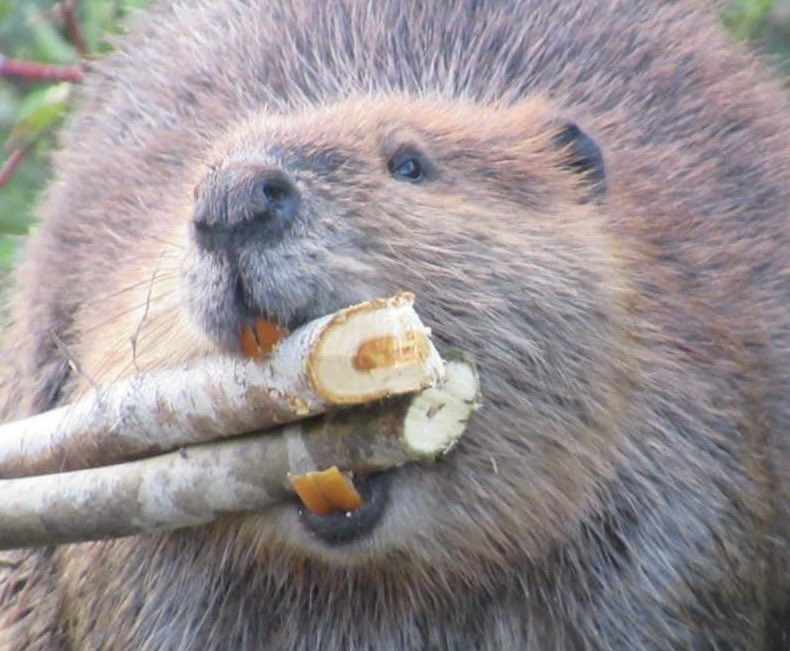Orange teeth in creatures, particularly rodents, unveil a fascinating tale of adaptation and uniqueness within the animal kingdom. Rodents are a diverse group of mammals characterized by continuously growing incisors – front teeth. This distinctive dental arrangement is crucial for their survival and adaptation to various environments. The term "rodent" stems from the Latin word "rodere," meaning gnaw, emphasizing their characteristic gnawing behavior.
Examples of Rodents with Orange Teeth:
-
Beavers: Beavers, renowned for their dam-building prowess, are notable orange-toothed rodents. Their incisors contain iron, giving them an orange tint. This unique feature adds strength to their teeth, essential for felling trees and constructing elaborate dams.
-
Gambian Pouched Rats: Indigenous to Africa, Gambian pouched rats are known for their striking orange incisors. This coloration is due to the high iron content in their teeth, contributing to their durability for burrowing and foraging.
The Science Behind Orange Teeth: The orange hue in rodent teeth can be attributed to iron compounds. Iron provides strength and resilience to their continuously growing incisors, aiding in gnawing, digging, and building. This adaptation ensures their teeth remain sharp and effective throughout their lives.
Evolutionary Significance: The unique dental patterns of rodents, including the orange coloration, showcase the incredible adaptability of these creatures. Evolution has favored characteristics that enhance their survival, and the specialized teeth play a pivotal role in their ecological niche.
Why Continuous Growth? Rodents face significant wear and tear on their teeth due to their gnawing lifestyle. Continuous growth ensures that they always have sharp incisors, vital for obtaining food, constructing shelters, and defending against predators. The orange coloration, attributed to iron, adds an extra layer of strength.
Conservation Implications: Understanding the intricacies of rodent dental adaptations, including the orange hue, has implications for conservation efforts. Preserving the habitats of these remarkable creatures is crucial for maintaining biodiversity and the delicate balance within ecosystems.
